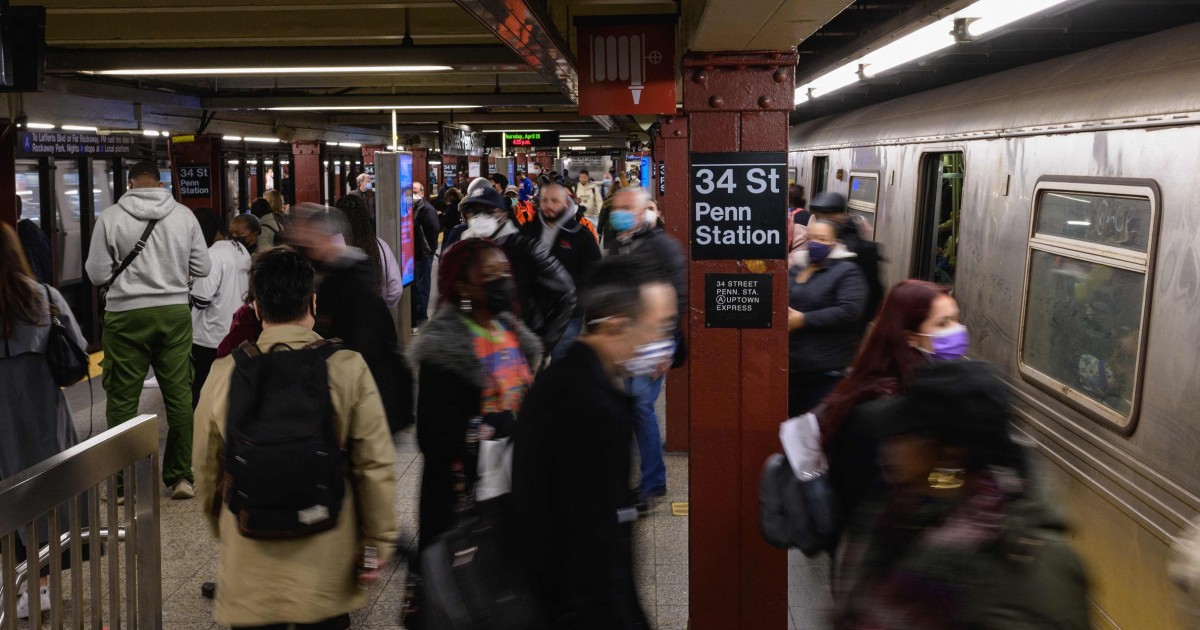
New data shows the share of people working from home due to Covid-19 dipped below 10 percent for the first time in more than two years.
Just 7.7 percent of those employed reported working remotely in April, according to a Bureau of Labor Statistics survey published this month. That’s down from a pandemic-high of 35 percent recorded in May 2020. This figure doesn’t include working remotely for reasons unrelated to the pandemic, and includes people who worked remotely for pay at any point in the four weeks leading up to the survey.
Those who continue to work remotely are still largely divided by education. People with a bachelor’s degree or higher are five times more likely to report working from home than those without, and are twice as likely to report working remotely than the average American.
The type of job is one of the largest factors determining whether someone will be able to telework, a BLS spokesperson told NBC News in an email. People working in white-collar occupations were more likely to work remotely, and this was possibly the driving factor in the differences by age and by race and ethnicity.
Asians were the most likely of any demographic to report working from home due to the pandemic, with nearly 20 percent working remotely. Less than five percent of Latinos answered the same.
More women than men report working remotely for pandemic reasons, though the difference between the two groups has narrowed from 10 percentage points in May 2020 to 1 percentage point.
Among age groups, those 25 to 34 years old were the most likely to work remotely.
The survey, conducted in April, came as Covid cases were increasing again, deaths declining and hospitalizations coming off of an all-time low.
The pandemic was in a far different place when the survey first began asking the remote work question in May 2020. This was before the vaccine and the variants, when deaths averaged 1,400 per day, hospitalizations averaged 51,000 beds used for Covid patients and cases averaged 24,000 new cases per day.
This April, deaths averaged 400 per day, hospitalizations averaged 15,000 and cases 41,000.
Source: | This article originally belongs to Nbcnews.com










